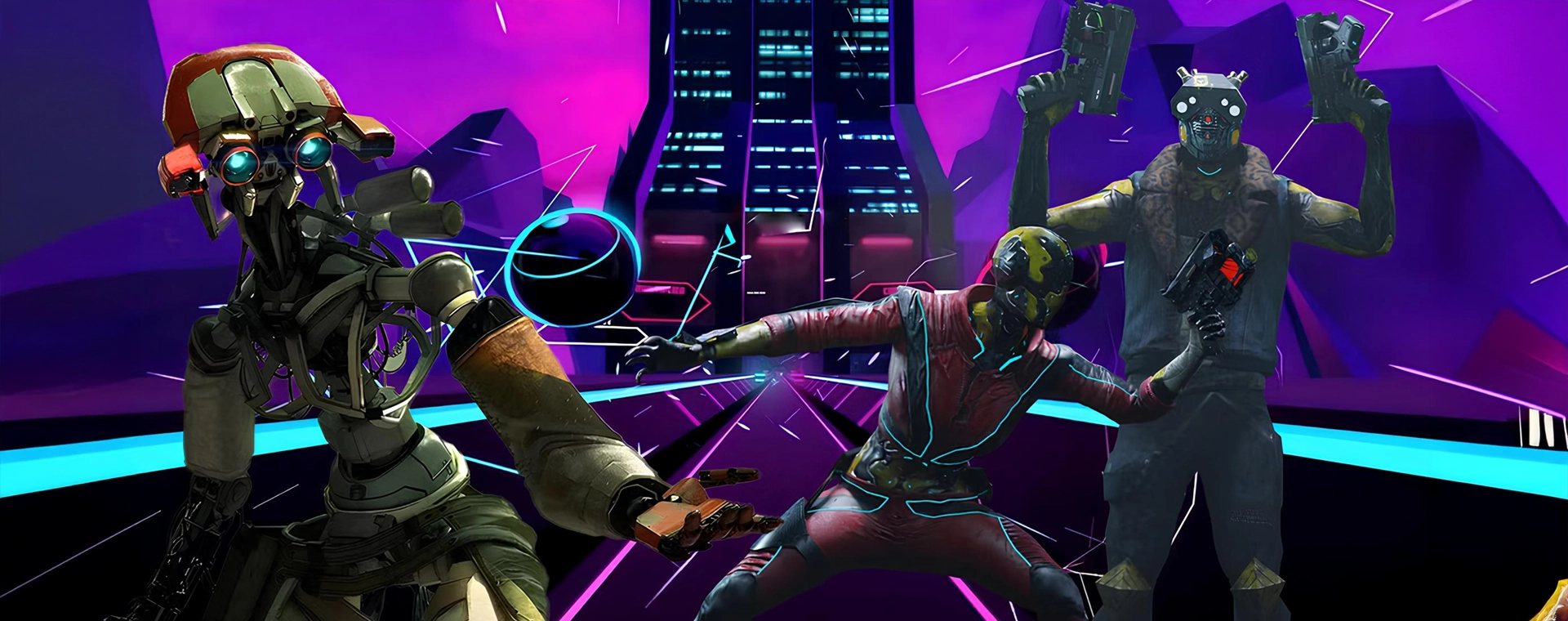
Beyond Imagination: The Power of Virtual Reality Design In Action
Over the past decade, virtual reality (VR) and augmented reality (AR) have become increasingly gained popularity for good reasons. Although VR has been around since the 1990s, it has gained significant momentum in recent years, changing not only the way we perceive reality but also how we express our creativity.
Just like the magnificent AI, VR has become a prominent technology in every aspect of our lives. Lately, VR has gained significant attention in the realm of virtual reality painting, an artistic medium that transcends the traditional canvas and paint brushes. This revolutionary medium combines the limitless possibilities of technology with the boundless creativity of the human mind.
The Evolution of Virtual Reality Painting

Virtual reality painting is not a mere replication of traditional art forms; it is a revolutionary evolution that allows artists to step into a three-dimensional canvas and create immersive, interactive masterpieces. The journey of VR painting began with the development of VR hardware and software that enabled users to navigate and manipulate digital spaces in ways previously unimaginable.
Early VR painting applications allowed artists to create within the confines of a virtual space, breaking away from the constraints of physical mediums. As technology advanced, so did the sophistication of VR painting tools, giving artists more control, precision, and freedom in their creative endeavors.
The Creative Process Unveiled
In the world of virtual reality painting, the creative process takes on a whole new dimension. Artists, equipped with VR headsets and motion controllers, can enter digital landscapes where they can paint, sculpt, and experiment with colors in ways that go beyond the capabilities of traditional mediums. The virtual realm becomes a playground for the imagination, enabling artists to explore the uncharted territories of their creativity.
One of the transformative aspects of virtual reality painting is the ability to manipulate space. Artists can craft three-dimensional artworks that users can experience from different angles, fostering a sense of immersion and engagement. This dynamic interaction between the artist, the artwork, and the audience creates a unique and personalized experience for each observer.
Breaking Down Barriers
Virtual reality painting breaks down barriers, making art accessible to individuals who may not have had the opportunity to explore their creative side through traditional means. The intuitive nature of VR tools allows both novice and experienced artists to experiment with various techniques and styles without the fear of making irreversible mistakes.
Additionally, VR painting facilitates collaboration among artists on a global scale. Artists can join forces in a shared virtual space, working simultaneously on a collaborative piece regardless of their physical locations. This collaborative aspect of VR painting fosters a sense of community and opens up new possibilities for artistic expression.
The Role of Virtual Reality in Art Education
The integration of virtual reality painting into art education is reshaping the way students learn and engage with artistic concepts. VR provides a dynamic and interactive learning environment, allowing students to explore art history, experiment with diverse techniques, and even virtually visit renowned art museums and galleries.
Educators can leverage VR painting as a tool to enhance the learning experience, encouraging students to think beyond the limitations of traditional art forms. Virtual reality acts as a bridge between the past and the future of art, offering a platform where students can hone their skills while embracing innovation.
Challenges and Future Prospects
While virtual reality painting opens up exciting possibilities, it also presents challenges. Technical limitations, such as the need for high-quality VR hardware and software, can pose barriers to widespread adoption. Moreover, artists and developers must address concerns related to the preservation and distribution of virtual artworks.
Looking ahead, the future of virtual reality painting appears promising. Advancements in technology, combined with a growing community of artists and enthusiasts, will likely drive innovation and overcome existing challenges. As technology becomes more accessible, virtual reality painting has the potential to redefine the art world, pushing creative boundaries and inspiring a new era of artistic expression.
Final Thoughts
Virtual reality painting is a beautiful example of how human creativity and technological innovation can work together in perfect harmony. Continuously pushing boundaries, artists are exploring the immense possibilities of the virtual realm, and the art world is on the cusp of a new era. With virtual reality design in action, we are headed towards a future where the limitations of physical space no longer confine the artist or the canvas. Instead, the digital landscape offers infinite possibilities, and the artist's imagination can soar beyond what was previously thought possible.
Embark on a journey into the limitless world of Virtual Reality painting as we explore its transformative power in reshaping artistic expression. Read on to know more…